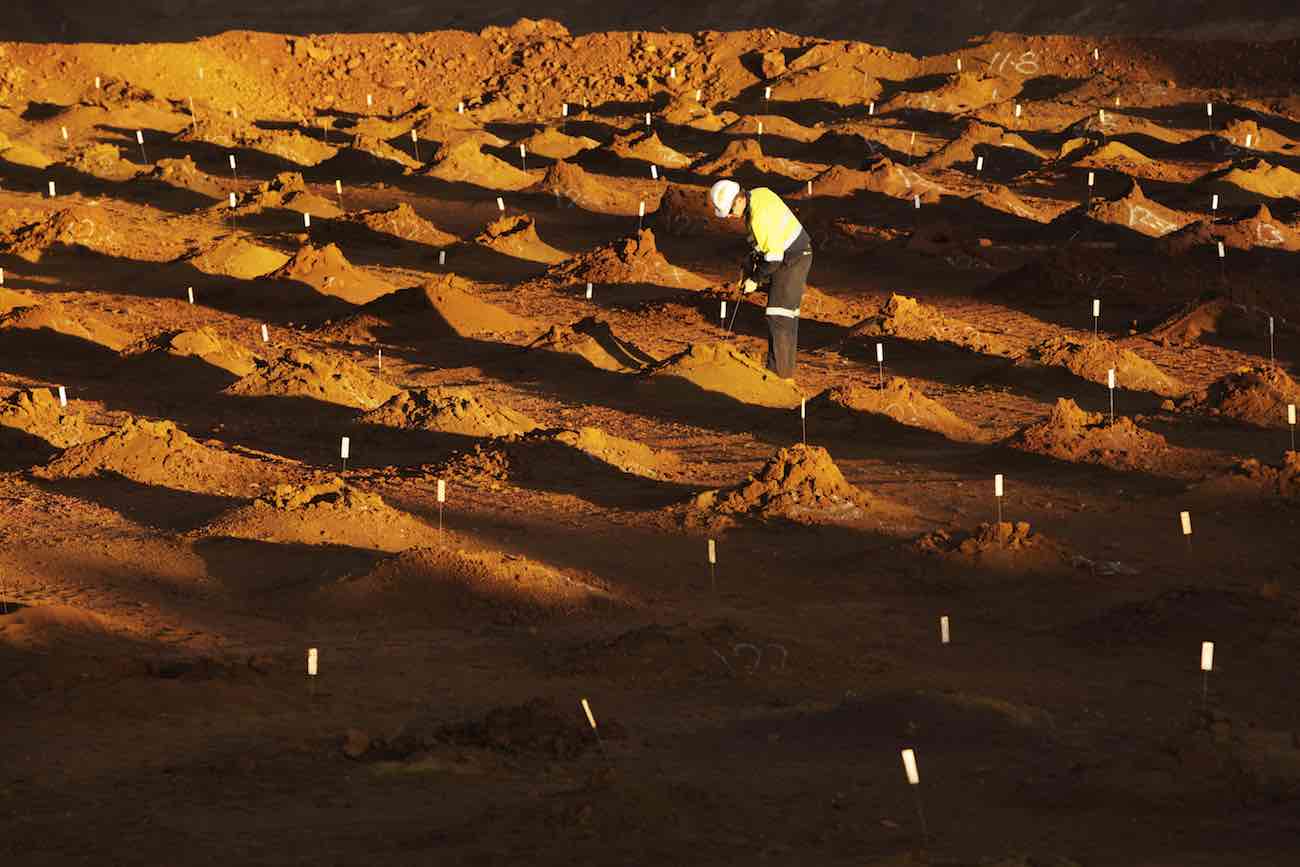
Drilling and blasting are processes of detaching rock material from the parent rock to aid and speed up the extraction process. These processes yield feedstock used for crushing into different rock material products. Fugitive dust is inevitable when producing different types of rock products in quarries. Dust causes environmental, health, safety and operational problems affecting quarry/mine workers and surrounding communities. The distance from the drill and blast site determines the dust concentration produced. Different types of dust particle size are produced from drilling and blasting. These include >PM10, PM10, PM2.5, Total Suspended Particles and deposited dust. There are different quarrying types. The efficacy of drill and blast dust control depends on the nature of the rock. Dust control solutions must cater for the physical nature and the chemistry of the dust particles. This article seeks to discuss drill and blast dust control. It first takes a trip through quarrying processes, followed by particle sizes obtained from drilling and blasting. It tackles why drill and dust control is important, finishing off with industry best practice from Global Road Technology.
Natural stone quarries produce stone blocks which are separated from the bedrock by drilling and blasting. It is important to detach stone blocks and the bedrock as intact as possible from the excavation without causing damage. Drilling is a key contributor to the dust generated in quarries. Rock quarries produce different sized rock materials via crushing and sieving. Drilling and blasting remove the rock material from the bedrock producing dust when a drilling stem intrudes into the rock. Blasting also results in large amounts of dust generation – and is one of the hardest operations to manage. The blasted rock is fed into crusher bin. Bigger rocks are also fragmented with a hydraulic impact hammer before crushing. Drilling and blasting cause dust emissions as does crushing, sieving, and conveying.
Mining adopts similar practices to liberate ore from the overlaying/surrounding rock. For example in coal mining the material is sheared from the parent rock. The crushed material continues to the refiners. It is ground and pulverized for further procedures. Different quarries follow several processes in their operations. Drilling, blasting, hydraulic impact hammering and crushing are used for hard stone material. An example of hardstone material is granite. Softer rocks such as sandstone adopt shearers to gain to obtain stone blocks.
There are different particle sizes of dust produced during drilling and blasting. A description of these particle sizes of dust is explained below:
Exposure to drill and blast respirable dust leads to silicosis and other respiratory diseases. Dust related lung disease is prevalent in quarry mine workers. However, as shown recently in the news a mother of two who worked in close vicinity to a quarry contracted silicosis. Communities within the vicinity of quarry operation are also at risk. Dust from drill and blast operations at the quarry must be managed at the source.
Silicosis occurs by inhalation of silica dust particles. Respirable crystalline silica has very low solubility in the pulmonary system. As result it accumulates in the lungs. At very high levels over a short time it is known as acute silicosis. Low levels of exposure over longer periods of time lead to chronic silicosis. Short-term toxicity of crystalline silica is manifested as an inflammatory process. This results in an influx of a large number of macrophages into the alveolar air spaces of the lungs. Chronic toxicity results in a patchy nodular disease known as pulmonary silicosis. Persistent lung inflammation occurs which results in excess collagen deposition. It forms nodular and diffuse fibrotic lesions throughout the lungs. Crystalline silica is immunotoxic disrupting the regulation of immune cells in the lungs. In animals exposure to silica dust causes fibrosis, pneumoconiosis and silicosis. It is for these many reasons that drill and blast dust control is simply a matter of preserving life.
Global Road Technology takes an innovatory approach to the development of chemical dust control palliatives. Examples include – GRT: Haul-Loc, GRT: Activate UG, GRT: Ore-Loc, and GRT: Wet-Loc. These have been developed exclusively for dust control and management. We have recently launched two new products for drill and blast dust control – GRT: 12X and GRT DC Binder. The role of surface chemistry was core to the development of these new products. It is important to super-activate the water used in drilling and blasting. The chemical interactions enable binding the surface of fine drill cutting piles. This prevents them from producing airborne dust. As the dust control needs of the drill and blast sector evolve, GRT makes a commitment to making sure safety and health is a priority. Drill and blast dust control saves lives.
Your feedback is important to us. If you enjoyed reading this Global Road Technology industry update and found it informative, please let us know by leaving a REVIEW.
REFERENCES
Are environmental regulations, health and safety concerns or potential profit loss a concern right now?
Contact Us Now